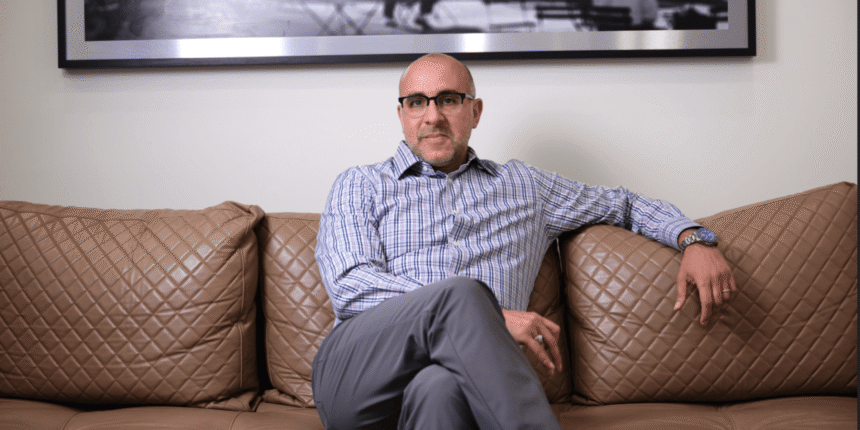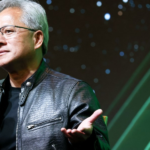From an outsider’s perspective, this feels like a one-two punch for consumer goods companies, manufacturers, and supply chain practitioners—especially since many had only recently recovered from the massive disruptions caused by the COVID-19 pandemic.
But one supply chain expert—and a self-described optimist—told Fortune he sees at least one upside to tariffs: innovation. While companies are reckoning with new costs and disruptions, it can actually be a good time to ideate ways to use better and less costly materials. And this could end up being a good thing for companies’ bottom lines.
“You wouldn’t have known that, or you wouldn’t have done that, unless you had that scenario,” Kfuri told Fortune.
One example Kfuri referenced was when one of his clients during the pandemic switched the materials it was using out of necessity. The paint supplier was o having trouble properly transporting its goods without leakage. But by switching to a different packaging material, the company ended up saving costs and grew their market “substantially” by using more sustainable materials. That way, the company was able to tout the sustainability side of their business—something that before they “weren’t even considering or thinking about,” Kfuri said.
“There’s too many scenarios where it’s innovation and it’s cost engineering or redevelopment or redesign of products in the face of challenge, whether it’s a pandemic or tariff-related scenario where costs are not able to be absorbed or deferred or passed along,” he said.
While there might’ve been a lot of noise about companies reshoring or moving their supply chains entirely, that’s not the only option businesses have to deal with tariffs.
Kfuri said there’s effectively five different options companies have in the face of tariffs:
Kfuri said the alternative supply chain option is a last resort.
“You don’t want to try to have a scenario where you essentially try to save $1 and cause yourself $4 in headaches because you moved to somewhere where materials access is harder, the output isn’t what you need it to be, the resources aren’t trained, [and] the technology isn’t good,” Kfuri said. “Therefore that widget you tried to save money [on] by moving from ‘A’ to ‘B’ ends up eventually costing you a lot more in challenges, defects, disruptions, and everything else.”









